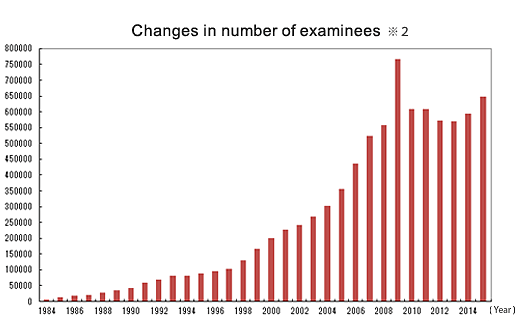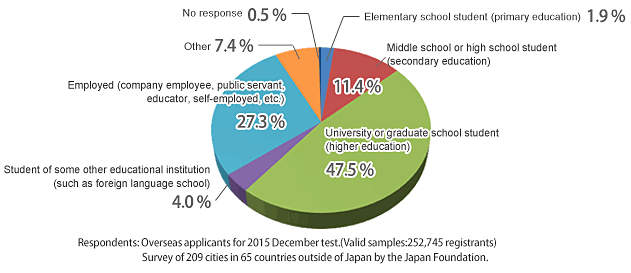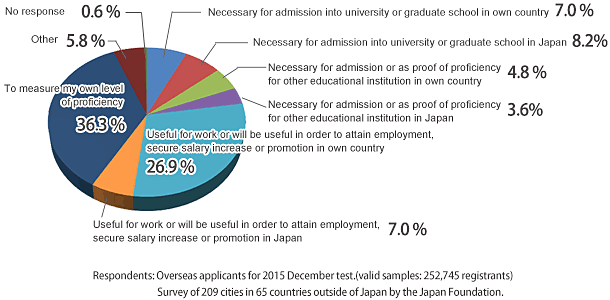TN: Ramadan and Fasting: For Japanese
『英語が分からない? さいごのノットー見せて下さい』
 |
| Kobe Mosque, Kobe |
Islam is still considered as a minority religion in Japan. It was estimated in year 2000 alone the number of ethnic Japanese Muslims in Japan are 63,552, and around 70,000 - 100,000 foreign Muslims residing in the country. The true figure is still speculative as the Japan government does not keep the religious records of people residing in Japan. However, based on the population distribution, the large numbers of Muslims are concentrated around major cities like Tokyo, Osaka and Hiroshima. Among the biggest Mosques in Japan are Tokyo Mosque (built in 1938) and Kobe Mosque (built in 1935). Interestingly, both of my previous Japanese teachers (which are twins) are the daughters of Kobe Mosque Manager [1]. For those who are interested, here is the link for
 |
Tokyo Camii ,Tokyo
|
|
|
the lists of mosques and musalla available in Japan.
Since Islam might be something new to Japanese people, and they might be wondering what and why their Muslim friends are fasting in the month of Ramadan, there are some efforts done by Muslim students in Osaka University 【大坂大学】 to provide some information and exposure to their Japanese friends [2] in which will be described as below:
Original notes:
「断食(サウム)」とは、イスラム教徒の義務の一つとして、夜明けから日没までのあいだ、飲食やタバコを吸うこと等を絶つことが行われる。一ヶ月で断食が行う月はラマダンまたはラマダーンというものである。
断食は、イスラム忍耐、謙虚さと精神性を教えるためである。ラマダンは、アラー神様のために断食して、いつもより多くの祈りを捧げる時間である。
[The fasting (Shoum) is one of the duties of the Muslim, refrain from eating, drinking and smoking, from dawn until sunset. The moon which a fast performs in one month is called the Ramadan or Ramadhan. Fasting is meant to teach the Muslim patience, modesty and spirituality. Ramadan is a time to fast for the sake of Allah, and to offer more prayer than usual.]
Notes in Hiragana and Katakana:
「だんじき(サウム)」とは、イスラムきょうとのぎむのひとつとして、よあけからにちぼつまでのあいだ、いんしょくやタバコをすうことなどをたつことがおこなわれる。いちかげつでだんじきがおこなうつきはラマダンまたはラマダーンというものである。
だんじきは、イスラムにんたい、けんきょさとせいしんせいをおしえるためである。ラマダンは、アラーかみさまのためにだんじきして、いつもよりおおくのいのりをささげるじかんである。
[ Danjiki (saum) to ha, isuramu kyouto no gimu no hitotsu tosite, yoake kara nichibotsu no aida, inshoku ya tabako wo suu koto nado wo tatu koto ga okonawareru. Ichikagetsu danjiki ga okonau tsuki ha Ramadan mataha ramadhan to iu mono de aru.
Danjiki ha, isuramu nintai, kenkyosa to seisinsei wo osieru tame de aru. Ramadan ha, Allah kamisama no tame ni danjiki site, itumo yori ooku no inori wo sasageru jikan de aru. ]
In details, I would like to invite any Japanese to refer this following message:
ラマダーン月の紹介
イスラーム暦のラマダーン月の間、断食をすることは、イスラーム教徒の五つの義務の一つです。
ラ マダーンは一年でいちばん神聖な月で、日頃あまり熱心でないイスラーム教徒も、義務である一日五回のお祈りや断食をするのが普通です。嘘をつくこと、他の 人を傷つけたり困らせたりすること、また破壊的な行為をすることは、この時期には特に禁止されています。またこの月には、貧しい人や困っている人に手を差 し伸べることが、いつもよりいっそう求められています。
断 食が可能な健康なイスラーム教徒はすべて、この一カ月間断食をしなければなりません。この断食は何日も完全に絶食する断食ではありません。日常の普通の生 活をやめてするのではなく、むしろ、ほとんどいつものように仕事や勉強を続けながら、一日の一定の時間行なう断食です。
イ スラームにおける断食では、未明から日没までの間、食べることはもちろん水やお茶などを飲むことも全くできません。一方、日没後はできるだけすぐに何か食 べたり飲んだりするべきである、とされています。また、断食の開始前に何か食べたり飲んだりすることが、断食をする日には強く勧められています。
本来ラマダーン月の断食の目的は、空腹や渇きを体験することで食べ物のありがたみを理解し、自分が恵みを受けていることを実感し感謝することです。
このようにラマダーン中に世界中でイスラーム教徒が断食をすることには、大きな意味があるのです。
[1] The writer of The Compass Point was my Japanese classmate and we shared the same sensei.
[2] The full posts and narration can be referred at The Compass Point. Special thanks to the writer for the brilliant information.
![Countries/areas where JLPT is administered(2009 second [December] test figures)](http://www.jlpt.jp/statistics/img/index_map.gif)










 10:07 PM
10:07 PM
 TheF-Mind
TheF-Mind




